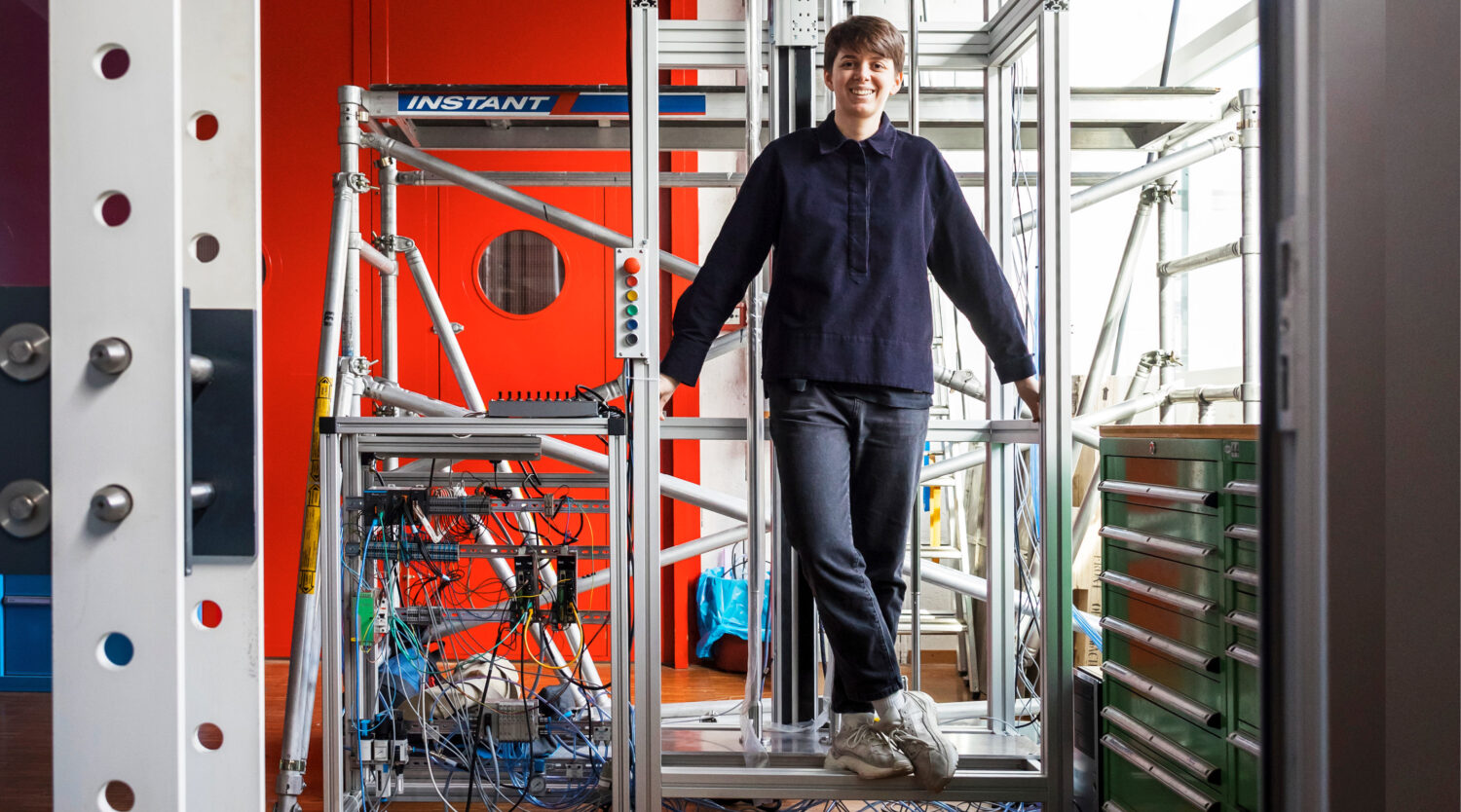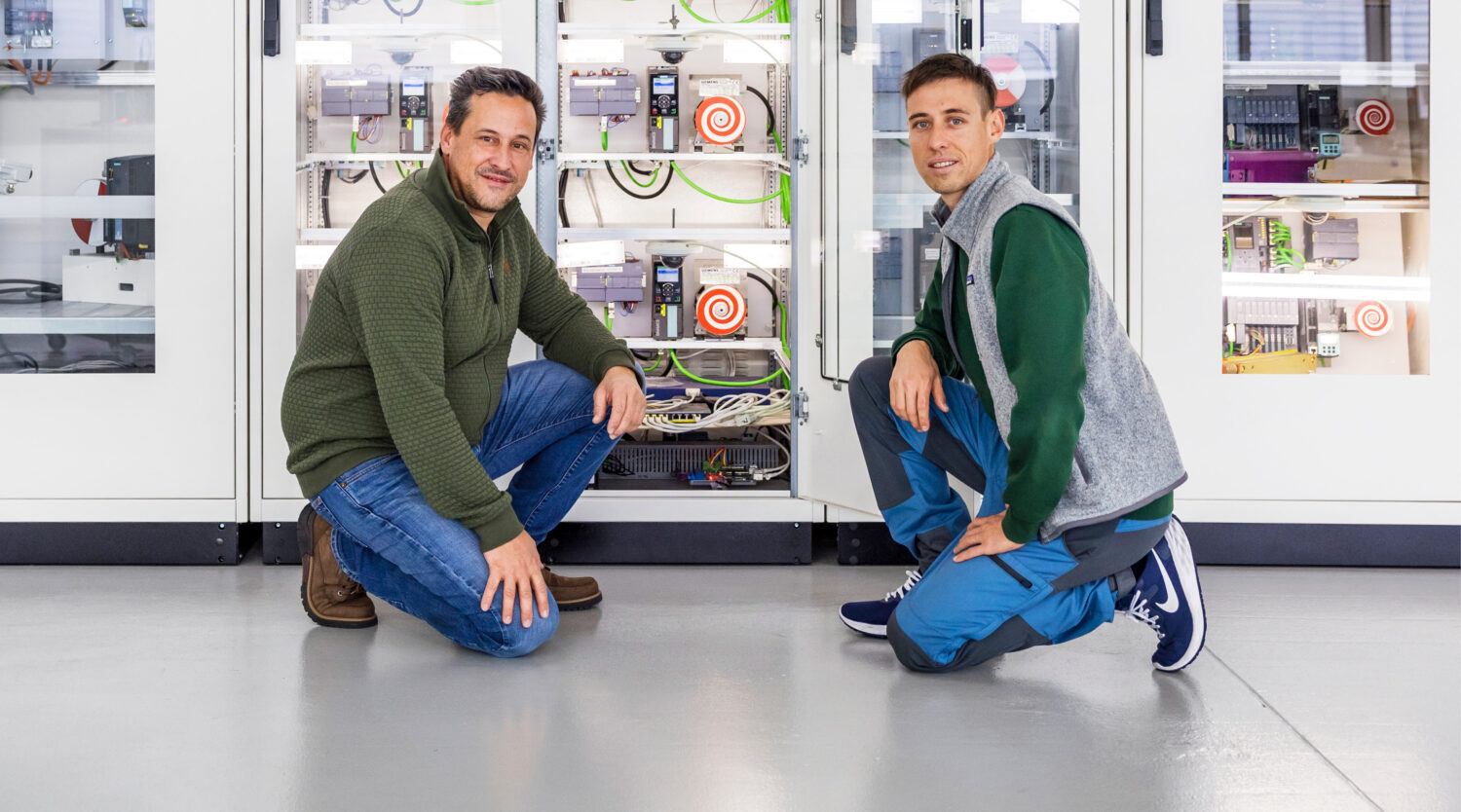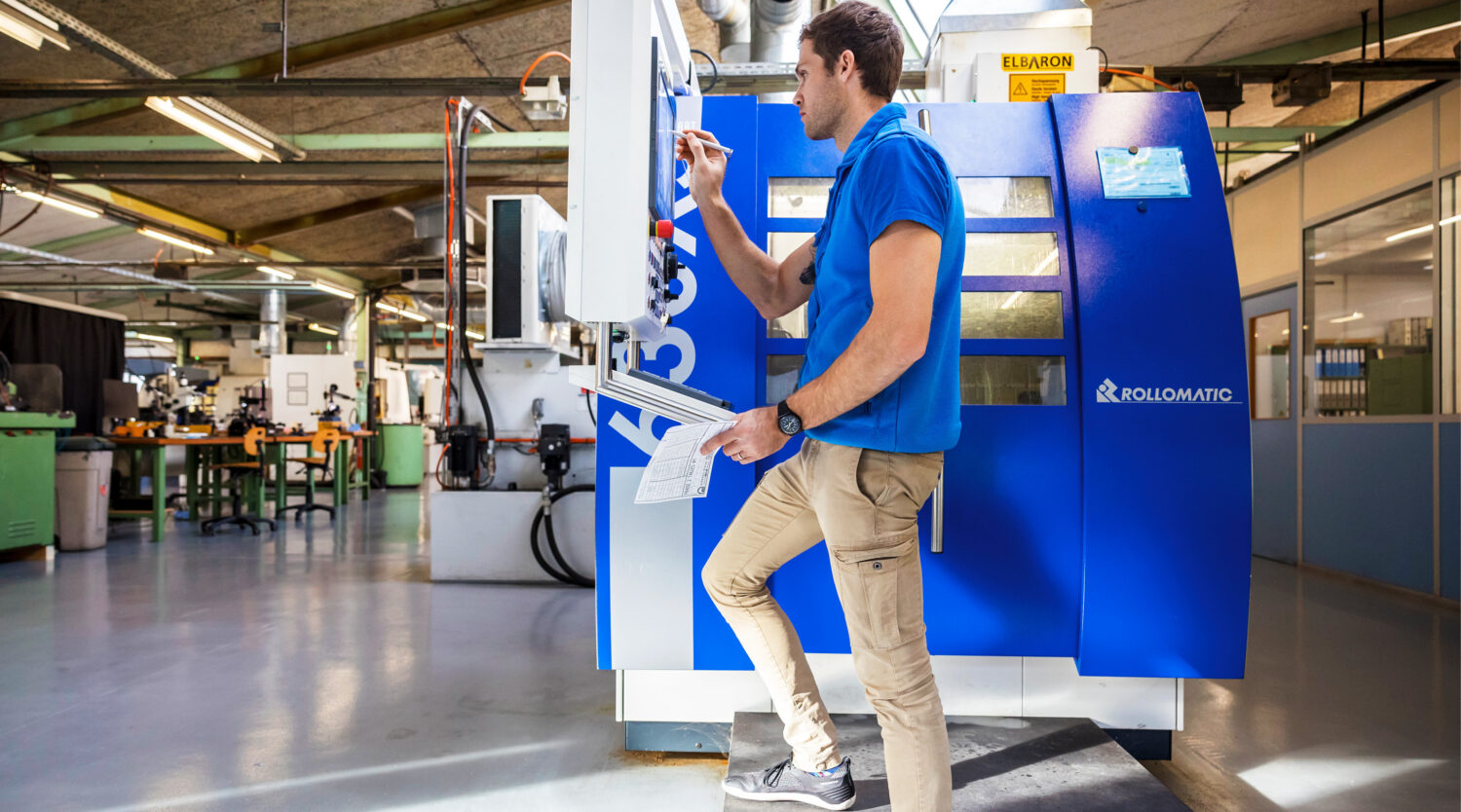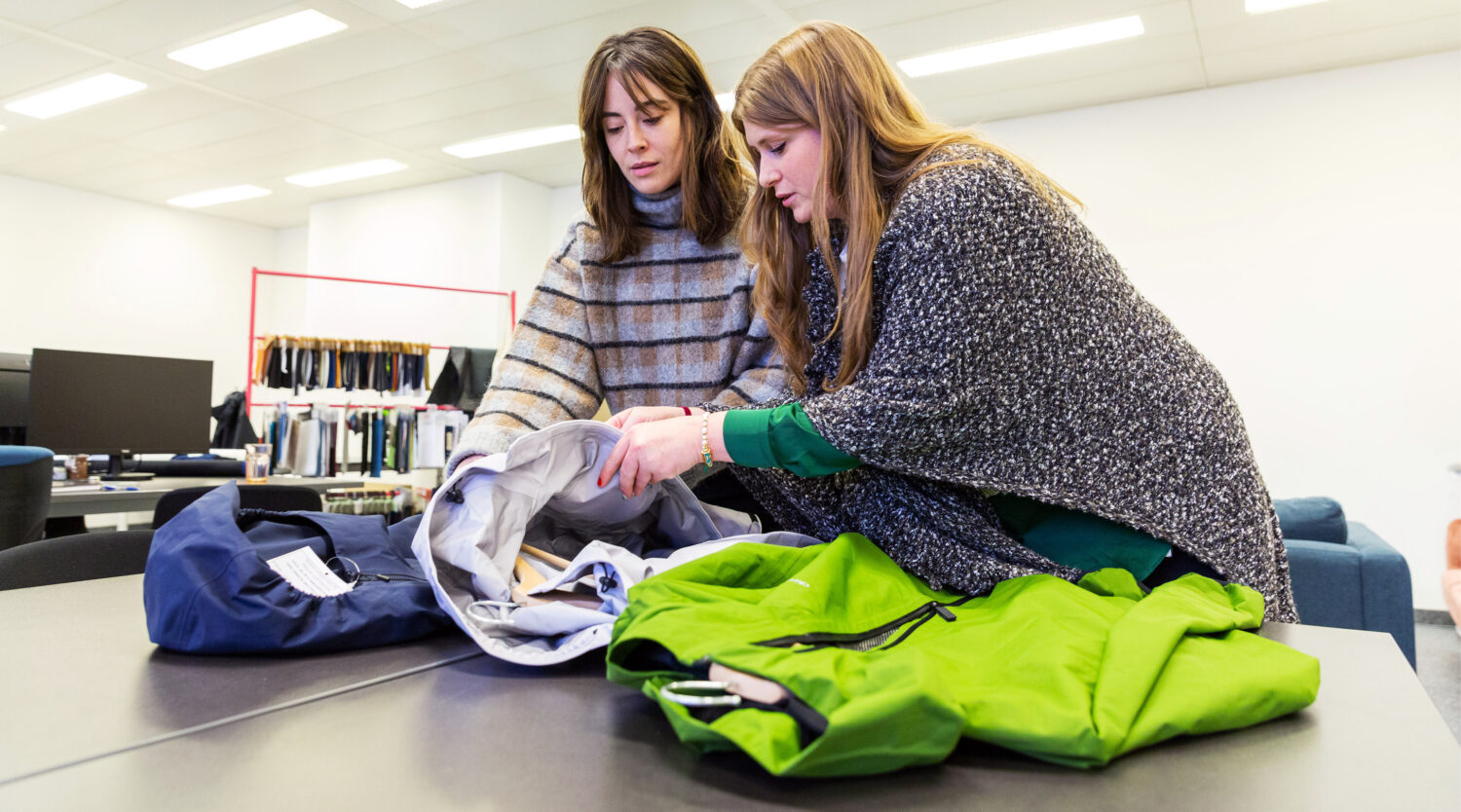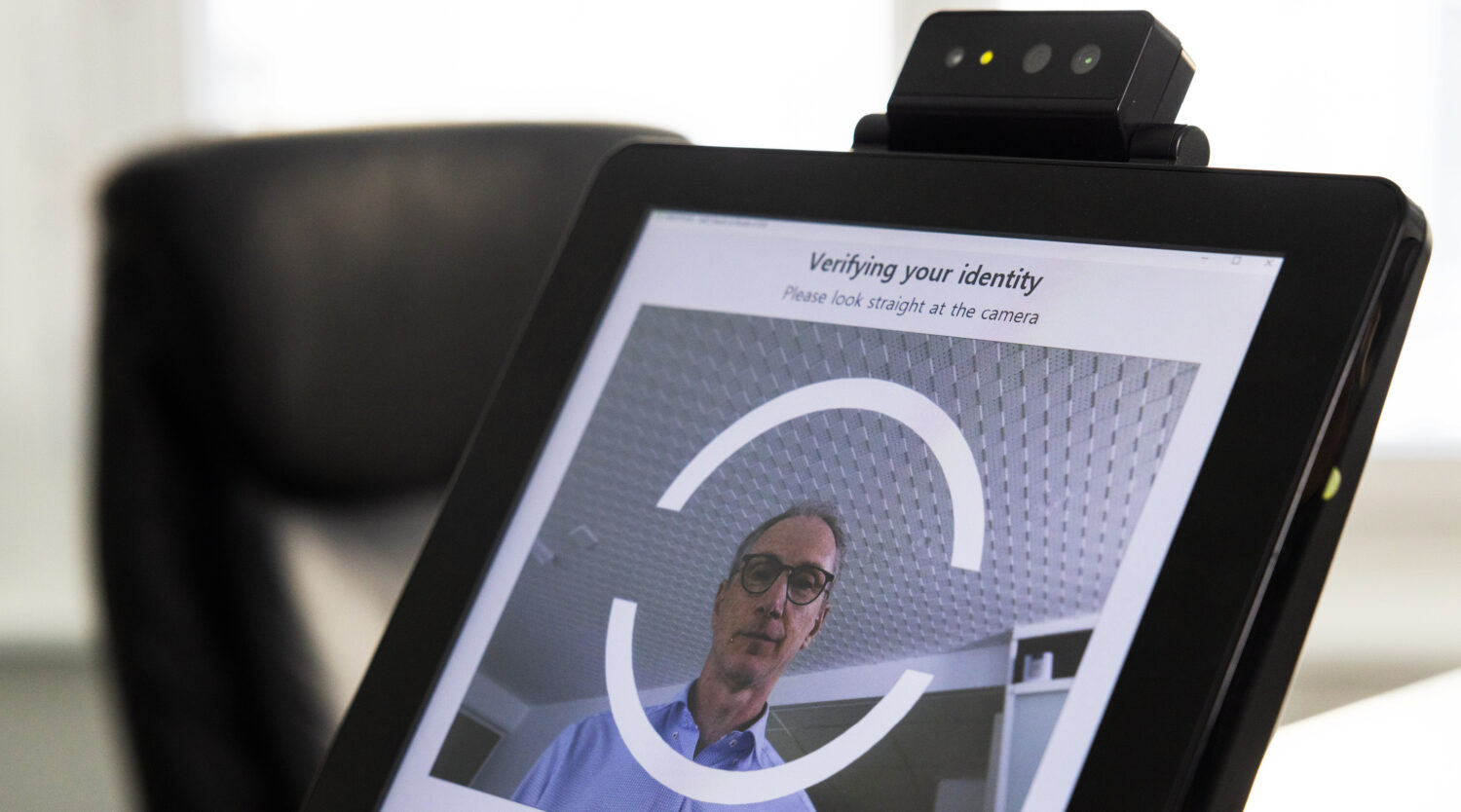
How to deal with digitisation in the industry in a meaningful way
The Production Management division at the Institute of Technology Management at the University of St. Gallen (HSG), together with the Institute of Computational Life Sciences at the Zurich University of Applied Sciences (ZHAW), has developed a method for simulating and comparing digital business models. The software tool helps Swiss and Liechtenstein industrial companies and their customers to navigate the complexities of usage- and outcome-based pricing models, says Jonathan Rösler from the University of St. Gallen (HSG).

Jonathan Rösler
The research associate and postdoc at the HSG, was one of the main contributors to the project led by Professor Thomas Friedli. Jonathan Rösler has written his doctoral thesis on the project.
In the past, manufacturers of machinery and equipment could simply sell their products and then perhaps offer spare parts, repair and maintenance services. Why isn’t that enough these days?
Jonathan Rösler: Demand for hardware products in the machinery industry is highly volatile, and the competitive environment has become noticeably more intense in recent years. Vendors have therefore been trying for some time to offer more service and software solutions in order to stabilise margins, secure competitive market shares and make their revenue more resilient.
For years, making the most of the opportunities offered by digitisation has been a focus area for many companies, but they have had only limited success developing and implementing truly new “digital business models”. Many industrial companies fail to find a convincing business model for their customers based on the new possibilities offered by the Internet of Things. They continue to sell individual services and software products using one-off sales models. That’s what we based our project on.
One business model currently under intense discussion is for providers to combine machines and associated conventional services – such as repairs, spare parts or maintenance – with digital services and to sell them as an overall package. Customers would not pay just once, but continuously as part of a subscription model, e.g. depending on the number of hours they use the machines or for data generated through use of a system. The project focused on models such as this.
How has your research institution, the HSG, helped companies?
Our role was to find out, for each individual project partner, which machine in their existing range was the right one for implementing the individual business model in the future: Should it be the machine that sells poorly or the one with great sales? This gives rise to the question: Are our partners looking for new customers for a new offering, or will they be “re-educating” existing customers so that they use the new services instead of buying them as they have done before?
Specifically, we analysed the portfolio, customer needs and organisational capabilities of seven Swiss machine and plant manufacturers and one from Liechtenstein and developed various business model ideas in joint workshops throughout the duration of the project, leading them right through to market maturity. This addresses not only the question of the value proposition of such models for customers or how much the individual services should cost, but also issues relating to drafting contracts, accounting and service delivery in various markets, no matter whether these are in Europe, the United States or Asia.

Another important question we had to ask ourselves over the course of the project: How would the business model be financed? This has been a big issue, especially with small traditional companies like Agathon. The HSG has already done a lot of research on trends in the finance industry. Machine manufacturers have previously had little to do with international sales markets. We spoke to various financial services providers – with the result that they are now buying machines from individual companies (see use case below).
Despite the manufacturers having different product and sales volumes, the challenges for the project partners involved were very similar. It was interesting to note that technological issues often played a rather minor role.
What specifically was developed as part of the project?
Together with the ZHAW, we developed a separate tool for each company over the course of the 18-month project: This enables companies – and their customers – to assess what it means for them if suppliers do not sell the product as such, as they have done in the past, but instead a complete solution. For both providers and customers, we have been able to answer key questions regarding inherent risks, opportunities and the economic viability of such business models. In practice, the tool can also be used as a configuration tool for defining individual contracts with customers.
“We succeeded in connecting various industries and companies with different digital backgrounds with one another and making them more digitally fit. Each of these companies had different experiences, but all spoke the same language and were able to learn from one another.”
Jonathan Rösler
Research associate at the HSG
Do the new business models also have benefits that go beyond the individual companies?
The new way of thinking is more sustainable: this moves the industry away from selling machines that are as cheap as possible, but often less productive and with a shorter service life. Instead, the aim is to sell the solution that is best from a technical perspective, the most economical and the most sustainable in the long term, and to continuously implement upgrades and improvements. Alongside this, the entry threshold is to be lowered for individual customers by reducing the one-time payment needed to procure the hardware. The basic idea behind it: that customers would not pay any more over the long term, but they would have a better product and their production process would be more sustainable.
What were the biggest hurdles for this project?
Not all of the companies involved in the project had managed to bring a product to market by the end of the project, and not all of them were able to bring about the necessary change in behaviour among their customers. Change in the industry is happening more slowly than expected. The companies that took part in the project are now already a step ahead of current developments within the industry. They have thus created the basis for sustainable differentiation. The project has shown the extraordinary potential of a systematic approach to this topic. However, it has also highlighted that the challenges at the managerial and strategic level are greater than those at the technological level.
Yet you say the project was a great success. Why is this?
We succeeded in connecting different industries and companies with different digital backgrounds with one another and in making them more digitally fit. Each of these companies had different experiences, but all spoke the same language and were able to learn from one another.
The project is one of the best examples of the added value that an Innosuisse project can bring through the different actors involved in a project. The combination of young doctoral students, experienced scientists, seasoned industry managers, as well as management consultants supporting the project, was found to be extremely enriching by all those involved.
The 18-month project duration gave us enough time to deal with the topic in depth and to develop sustainable solutions that were applicable for the companies involved. For SMEs in particular, it is usually difficult to take so much time for development and push ahead with strategic issues such as this. Our project and the funding from Innosuisse came in very handy for them.
And the really wonderful thing is that we will be continuing the cooperation with the companies and with the ZHAW. What’s more, other companies will also benefit from our work: we will be presenting the findings on various occasions and sharing our experiences with other companies.

“Many companies struggle to simulate and present complex interrelationships. In our project, we collaborated really well with the companies and the HSG, and together we developed a tool that makes it easy to present and experience complex business models and their implications for providers and their customers. The collaboration with Innosuisse throughout the entire project was very straightforward and pragmatic.”
Lukas Hollenstein
Head of Simulation & Optimization, Institute of Computational Life Sciences, ZHAW
Use Case for Agathon: High-precision grinding machines as a monthly subscription
A new era is dawning for Agathon AG: “Agathon goes digital” is written in large letters on its website. The Swiss manufacturer of high-precision grinding and laser processing machines is aiming to double its service sales by 2027. To achieve this, Agathon is focusing primarily on new digital offerings such as subscription models, access to intelligent interfaces for MES systems (control systems in operational production management) or a usage-based pricing model (pay per use), in which machines are not purchased but rather provided and maintained in exchange for a fee (equipment as a service).
Digital transformation is still uncharted territory in many manufacturing industries, as Agathon’s CSO Daniel Felber points out (see also article here). Agathon, an SME that is over 100 years old – and with just under 250 employees at its headquarters in Bellach in the canton of Solothurn – is the global market leader in the field of grinding and laser machines for machining indexable inserts. Its customers – including small to large tool manufacturers for the machining production industry – produce mainly in Europe, but also in Asia and North America. “We operate in a niche of a niche,” says Thomas Hess, who is responsible for after sales services at Agathon.

After sales services – referring to services such as customer service, spare parts services, revisions or various training courses that come into play after a machine is sold – are becoming increasingly important for SMEs. In addition to traditional services, Agathon is also offering more and more digital services. “Our customers are increasingly using professional MES systems, but are also struggling with staff shortages at the grassroots level. This requires making adjustments to the conventional service blocks, or replacing them with alternatives,” says Thomas Hess.
Until now, there was no systematic business model in place
“In recent years, we have offered our customers plenty of digital and non-digital services, but not systematically enough,” Felber says. The Innosuisse project for the development of a digital business model therefore came at just the right time.
Key issues for Agathon when it came to developing a digital business model were positioning and pricing. Such as in the case of teleservice, for example. “We’ve been offering remote maintenance free of charge for over ten years now. Why should customers now pay for something that used to be free? We have found a solution: the service is no longer free, but it also offers our customers added value such as extended business hours or priority when it comes to processing.”
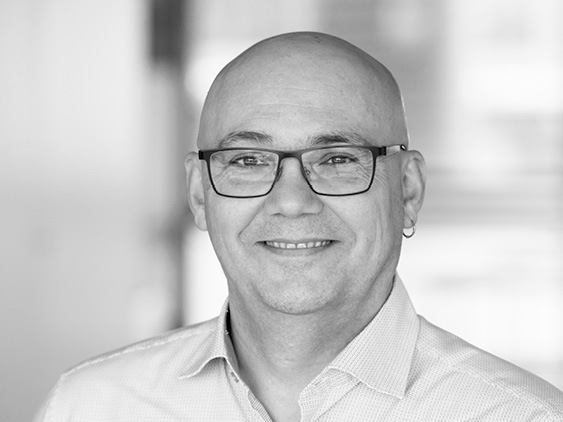
“It was very helpful for us to exchange ideas with other companies and industries and to be inspired by them. What’s more, it’s always interesting to see where we stand in comparison to the rest of the industry.”
Daniel Felber
CSO at Agathon
The pay-per-use model: in which machines are paid for according to their use
“The pay-per-use model that we developed together as part of the project is a huge milestone,” says Daniel Felber. With this model, customers no longer buy the machines. They now pay only for the hours they are producing using the machine – with a certain risk surcharge for over- or underproduction, similarly to insurance. “The customer’s investment costs are shifted into operational costs as a result, which means they have more money to invest and also cushions them against the risk of underload.”
The model is particularly attractive for smaller companies. The delicate start-up phase of production for new products, in which production is not yet carried out in several shifts, is thus associated with fewer risks. Instead of buying a machine, customers can now use the machine to capacity. For this purpose, Agathon is working together with financial service providers. “Instead of selling a machine to the customer, we now sell it to the financial services provider, who then sells the machine to the customer according to a pay-per-use model. The customer only pays for hours where the machine is actually being used. And we have still sold a machine.”
The simulator helps customers find advice
Pay-per-use is a complex model that is not yet well known in the industry. The configuration tool developed by the Zurich University of Applied Sciences (ZHAW) as part of the project is now particularly helpful when it comes to providing advice. It shows interested parties whether buying a machine, leasing or rather a pay-per-use model would be worthwhile. “Customers can see quickly and transparently whether or not this would be a profitable business model for them.” This will be particularly important for 2023, which will be a financially “opaque” year for the production industry, Felber emphasises.
Both are enthusiastic about the Innosuisse project, which they carried out with the University of St. Gallen (HSG) and the ZHAW as well as seven other companies. “It was very helpful for us to exchange ideas with other companies and industries and to be inspired by them. What’s more, it’s always interesting to see where we stand in comparison to the rest of the industry.”
Support from Innosuisse
- Innovation project with several implementation partners
- 2 ongoing innovation projects: 1 with the Bern University of Applied Sciences and 1 with the University of Applied Sciences of Eastern Switzerland (OST) and the University of St. Gallen
- Mentoring
- Innovation cheque
